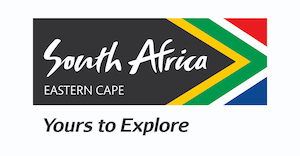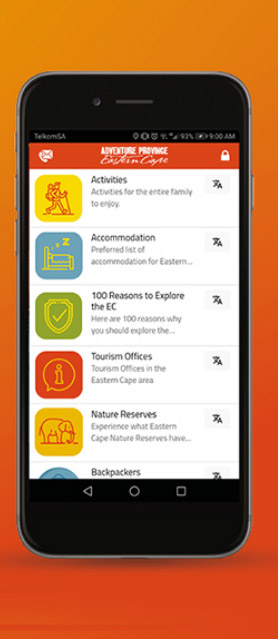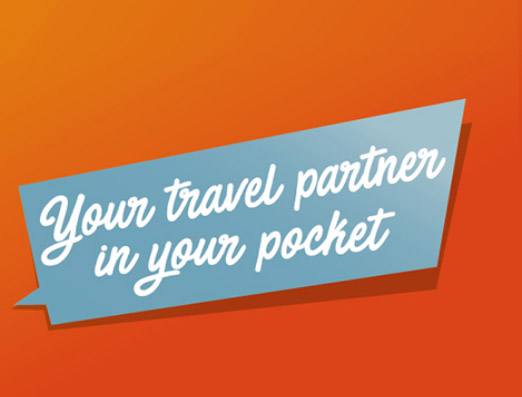October 1 saw the phased re-opening of land and sea borders for international tourists, after almost seven months’ hard travel lockdown.
But while foreign visitors are being cautiously welcomed back, the stringent restrictions and limitations which remain in place will likely mean that the full recovery of this important sector of the local tourist market will be slow, staggered and possibly stop-start.
In keeping with international precedent, government has adopted a risk-based approach, which has seen compilation of an extensive, so-called Red List – a list of countries whose residents remain, for now, banned from entering South Africa due to high COVID-19 prevalence and/or infection.
The Red List will be fluid and dynamic, Tourism Minister Mmamoloko Kubayi-Ngubane has stressed, which means any country can be added at any time, depending on their epidemiological and transmission rates.
Worryingly, government’s current Red List (as at 10 October 2020) represents 62% of all overseas visitors and include the lucrative United Kingdom and United States markets.
The good news, however, is that government’s risk-based approach could kickstart a new era of intra-African leisure travel.
“I believe there exists signs of opportunity amid the current climate of uncertainty,” says Wayne Troughton, CEO of South African-based Hospitality and Tourism International Consulting.
“It’s important to note that no African market is currently on South Africa’s banned list and that 18 land borders have been opened in order to allow ease of travel from the African countries. Travellers from all African countries are allowed entry, must possess relevant travel documents and produce and a 72-hour PCR test at all ports of entry, and will be screened for COVID-19 symptoms.”
COVID-19 infection rates have been less prevalent across the continent than initially expected and, taking into account the somewhat alarming growth in number of virus cases internationally, there is likely to be real hesitation for African travellers to venture to foreign shores, he notes.
“I believe the opportunity to promote intra-African travel, particularly to South Africa, is therefore a significant one for which there will likely exist only a small window.
“Zimbabwe, Mozambique, Lesotho and Botswana represent the largest African source markets for South Africa (76% of arrivals) and, whilst a large proportion of these are considered ‘shoppers’, an increasing proportion (particularly in Mozambique), represent a growing middle class with an increasing appetite for travel.”










